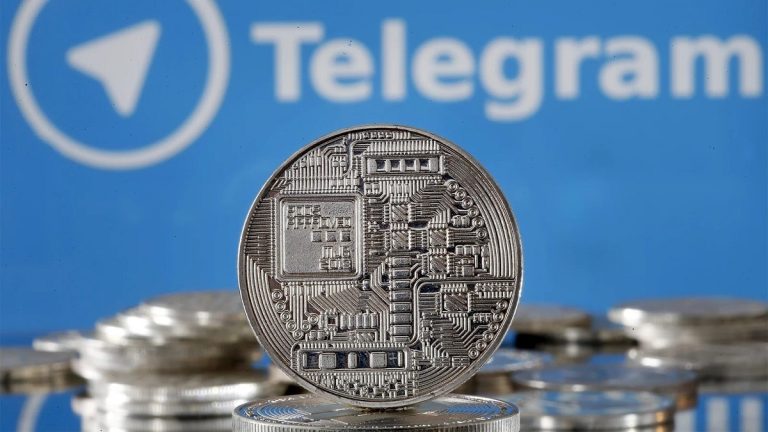Understanding the Growing Appeal of Cryptocurrencies

In recent years, cryptocurrencies have captured significant attention and popularity across the globe. Despite their expanding presence in the financial landscape, many individuals still struggle to comprehend the distinctions between digital currencies and traditional fiat money.
Traditional money, or fiat currency, is issued and regulated by central banks of various countries. Its value is dictated by government decree, often reflecting the economic stability of the issuing nation and the trust placed in its financial system. This reliance on government support can lead to fluctuations in value based on political and economic conditions.
On the other hand, cryptocurrencies are created and managed through decentralized technologies, primarily blockchain. Unlike fiat currencies, they are not governed by any central authority or government body. Instead, digital assets derive their strength from mathematical algorithms and cryptographic principles, which ensure their security and integrity.
When it comes to international transactions, fiat money can be cumbersome, often taking anywhere from several hours to a few days to process, accompanied by substantial fees—especially when utilizing traditional banking systems. In contrast, cryptocurrency transfers tend to be completed much more quickly, sometimes within minutes, and generally incur much lower costs, particularly when compared to traditional international transfers.
Both cryptocurrencies and fiat currencies represent distinctly different forms of money, each boasting unique features and advantages. Fiat money remains the backbone of the modern financial system, providing stability and extensive acceptance. Meanwhile, digital currencies offer innovative solutions characterized by decentralization, transparency, and the ability to facilitate faster and more economical cross-border transactions.
Understanding the differences between these forms of currency is critical for adapting to the shifts occurring within the global economy and financial systems. As the landscape evolves, it is anticipated that both cryptocurrencies and fiat currencies will coexist, complementing each other and providing users with a wide array of options and opportunities.
The future of financial transactions holds great promise for both traditional and digital currencies. As more people become aware of and educated about the benefits and functionalities of cryptocurrencies, their adoption will likely increase. This could lead to the hybridization of financial systems where digital and fiat currencies coexist harmoniously, creating new avenues for commerce and investment.
By recognizing the unique attributes of both cryptocurrencies and fiat currencies, individuals can make informed decisions about how to navigate this complex financial environment. This understanding not only fosters a better grasp of the ongoing changes in currency dynamics but also prepares users for the opportunities that lie ahead in this rapidly evolving economic landscape. As we look forward, it becomes increasingly clear that the integration of both currency forms will play a pivotal role in shaping the future of finance.
Latest news
-

Profitable trading bot
Trading in financial markets is becoming increasingly accessible, and many market participants are striving to automate their processes for greater efficiency. One of the most popular solutions is the use of trading bots—a program that trades on exchanges or activates pre-set algorithms. However, creating and configuring a profitable bot is no easy task. This software […]
-

Own Cryptocurrency Trading Strategy
Trading in market attracts millions of traders worldwide due to its high liquidity, 24/7 operation, and the potential for leveraging capital. However, to trade successfully in this market, one must establish a clear and consistent trading dynamic. Forex trading is a dynamic process that requires flexibility and ongoing market analysis from traders. Once you develop […]
-

Cryptocurrency trading bot
Trading cryptocurrencies is becoming increasingly popular each year. Given the high volatility of cryptocurrency markets and their 24/7 availability, traders are constantly seeking tools that help them trade faster and more efficiently. One such tool is the cryptocurrency trading bot—a program that automates the buying and selling of assets on cryptocurrency exchanges. A cryptocurrency trading […]
-

Trading signals in Telegram
Trading signals are becoming increasingly popular in the toolkit of traders in financial markets, particularly in the cryptocurrency space. Telegram, as one of the leading messaging platforms, has emerged as a primary source for receiving these signals. Trading signals on Telegram are delivered through specialized channels or groups, where users receive alerts about profitable trading […]

